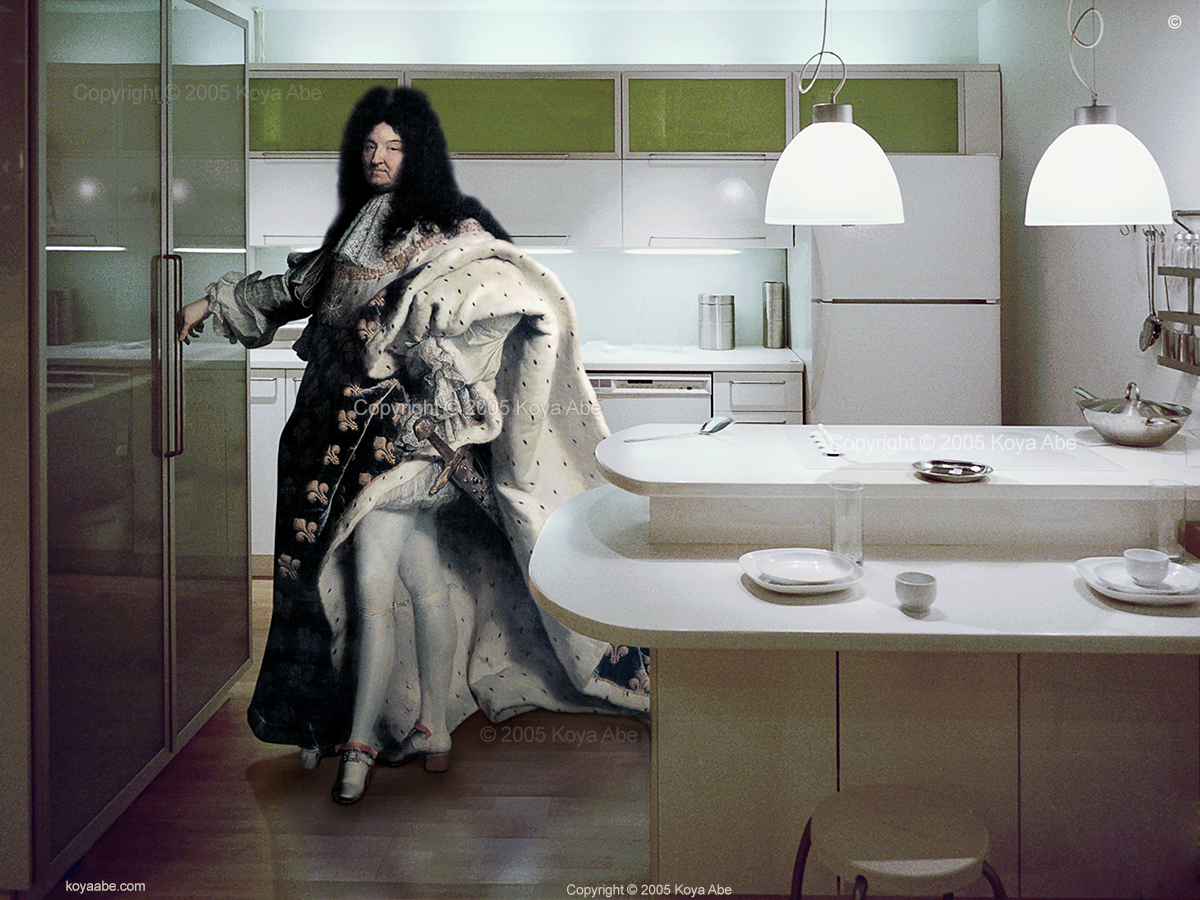This project explores two apparently different periods and art traditions. One area is the tradition of European portrait painting and the other is the “art” of modern commercial presentation. In this context, the paintings are historical masterpieces intended for an exclusive audience and the other is a commercial interior showroom for the mass market. These two image sources were created in different physical, historical and conceptual terms. However, they have one area of common ground; an idea that I refer to as “display.” This is a key concept for both of these visual sources and is an underlying concept for art and visual history. This idea is the foundation for my project, Digital Art Chapter 3: Display.
Media functions as a method by which the display projects the social perception of want. Visual technology and installation systems have been developed to create displays for the ideas of perception and desire. Human beings seek ways to portray themselves within a social context. In such they will seek to use representations of common desires to represent the way in which they seek to be perceived. People aspire to have an ideal display of their life. Ironically, at the same time they to seek to find their ideal life within the display. Modern commercialism realized this strategy and engaged the method of display in the same way that traditional portrait painters had in the past. The painted portrait is not a reality. It portrays a dual view of the sitter’s desired image and the image presenting itself to others as a desired object/life. The relationship between desire (want) and display are dependent upon human perception and human desires since the earliest portrait painters to the newest home decorator showroom.
The display represents the primary function of translating a concept or idea into a physically concrete method of communication. The primary function of the medium is to translate the concept into a visual (physical) form. In the portrait painting it is the arrangement of paint on canvas and the canvas held by the frame. Digital technology stretches this ability to a higher level of display. It is no longer limited by the physicality of canvas and frame, but can include diverse and highly complex methods of demonstrating a concept. In this way digital technology has smudged the borders of traditional art disciplines. When the display becomes the primary object the medium becomes secondary; its value depends upon its ability to translate the idea into a visual physicality. The effect is a merging of art disciplines into a single focus of display. A painting’s value is not in its paint, but rather in the ability it has to portray the idea or concept of the subject. Categories of art, whether they are painting, sculpture, or photography become unimportant as classifications, but represent only different ways of display. This represents a fundamental shift in the history of art. Through the concept of display this project investigates the dynamics of art history and its future.
Copyright © Koya Abe 1997-2024. All rights are reserved.
Digital Art Chapter 3: Display copyright © 2005 Koya Abe; Digital Art Chapter 3: Display artist statement © 2005 Koya Abe. All rights are reserved.
Rights & Permissions Information
Contact us for exhibition & reproduction requests, press information, and for any other inquiries.
